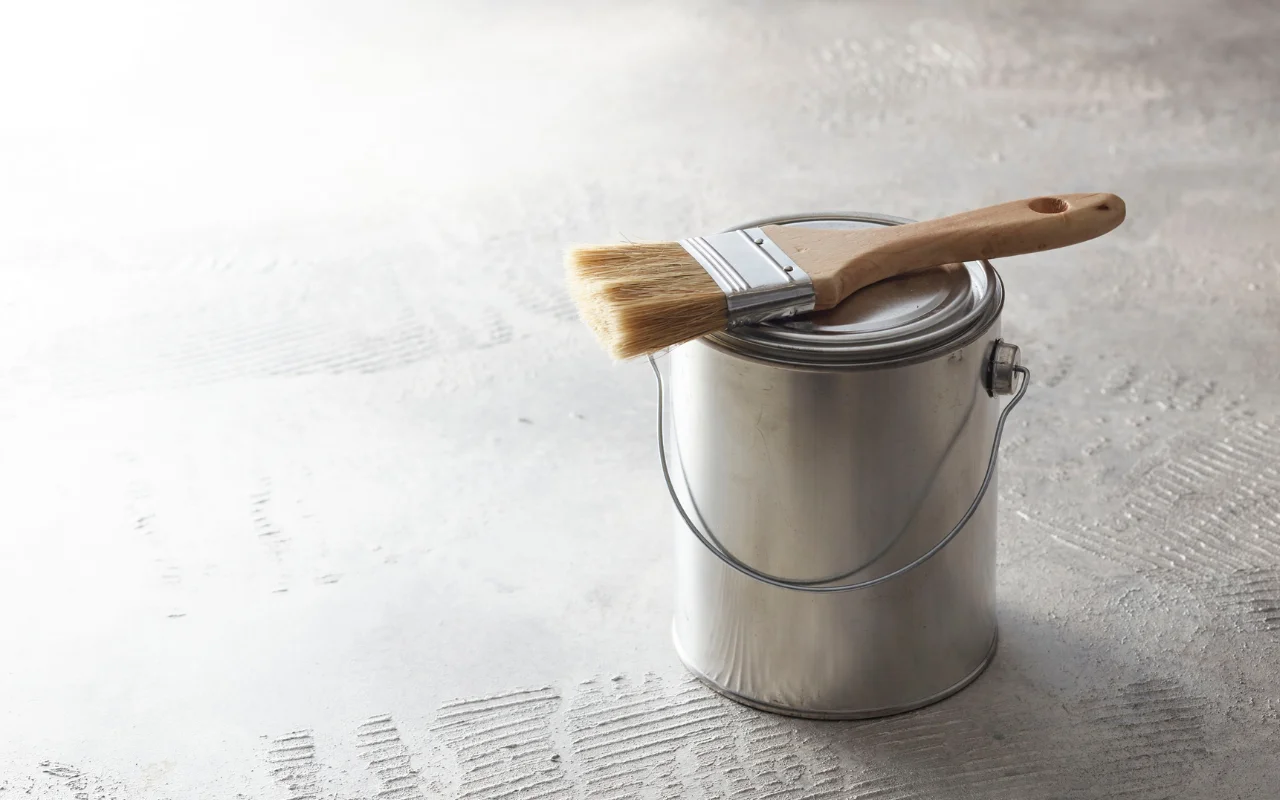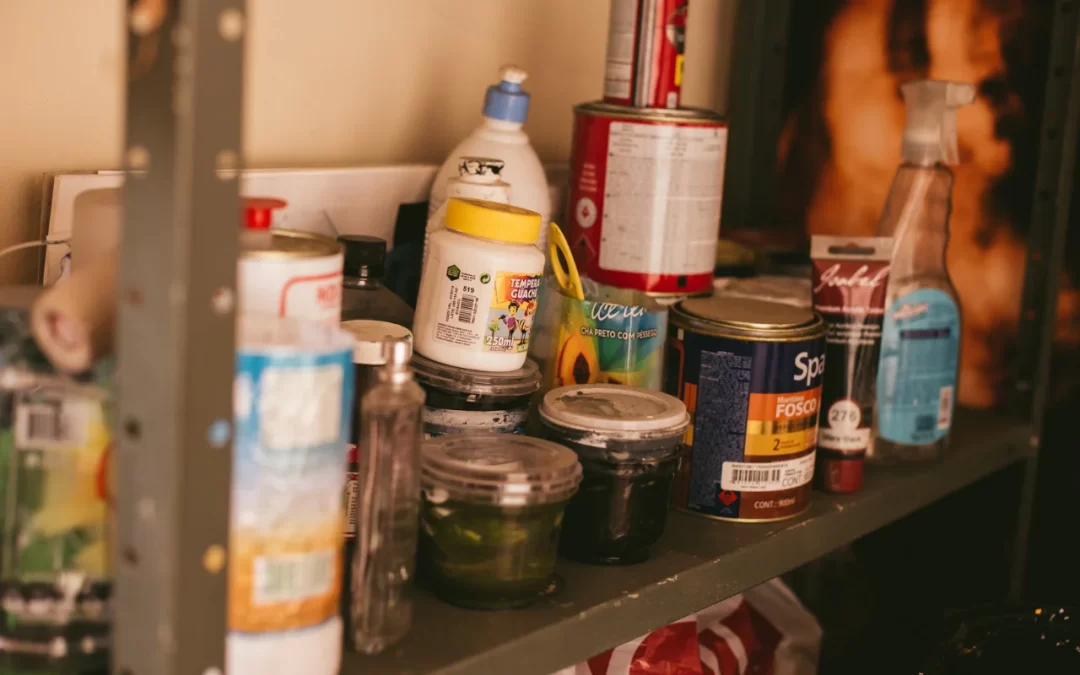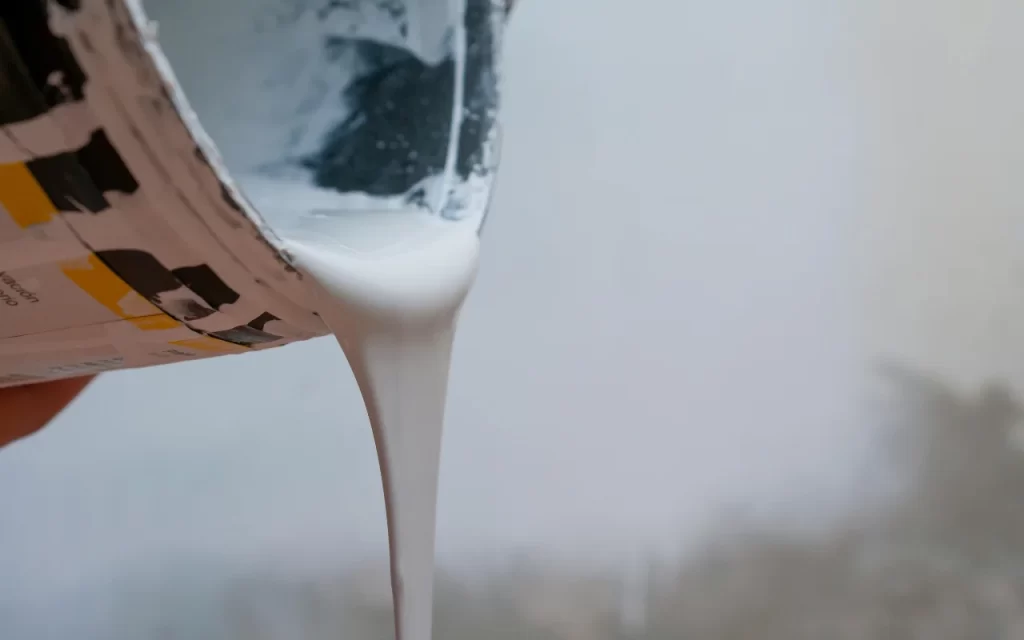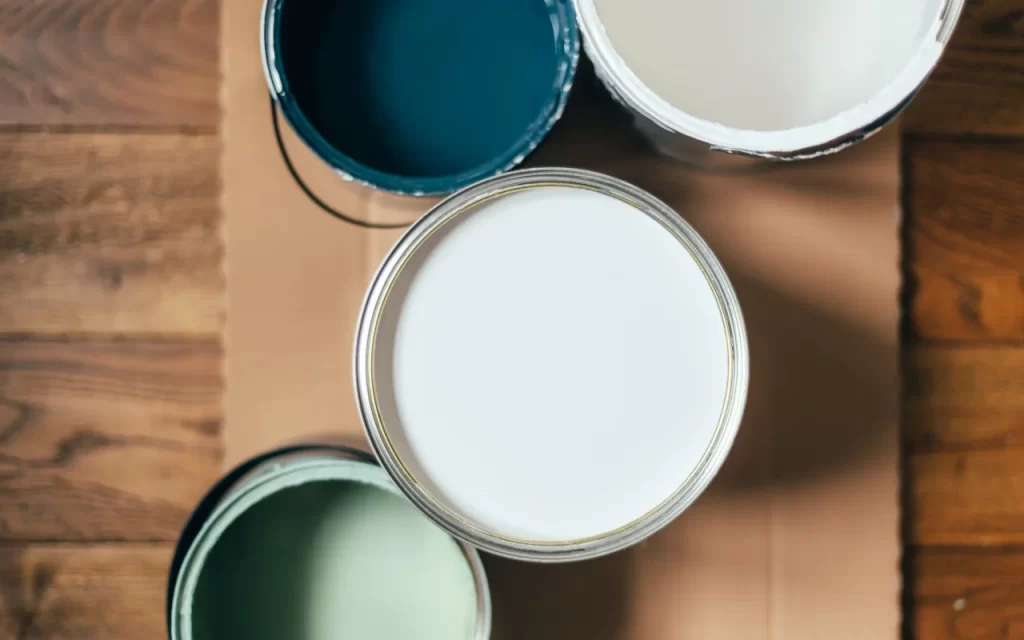When it comes to sprucing up your home or business, painting is one of the most satisfying and transformative tasks. But once the walls are dry and the brushes are cleaned, there’s often one lingering question—what do I do with the leftover paint cans?
Paint can disposal is easy enough, but its disposal is integral to the legality of municipalities and environmental safety. The following is everything you’ll need to dispose of paint cans properly, whether after a full business repaint or a mere do-it-yourself touch-up, to avoid fines or environmental damage in the process.
Why Proper Paint Can Disposal Matters
If not disposed of properly, oil-based paint chemicals are toxic to both humans and the environment. Even water-based paints, such as latex and acrylic, should never be poured down the drain or placed in the bin if the liquid content remains. They can pollute groundwater and soil when they infiltrate landfills and pose risks to humans, animals, and even plants.
Additionally, improper disposal can result in fines from local councils or environmental authorities. It’s for this reason that it’s essential to know how to dispose of leftover paint cans effectively.
Step 1: Check If There’s Any Paint Left
Before you decide what to do with a can, open it up and check the contents:
- If the can is empty and dry (with no liquid paint remaining and the residue hardened), you can typically dispose of it in your household recycling bin. However, please check with your local waste service to confirm, as they may have specific regulations.
- If paint remains in the can, you’ll need to follow a few extra steps before it’s safe to dispose of.
Step 2: Use Up or Recycle Leftover Paint
Instead of throwing away paint, consider one of these eco-friendly solutions:
- Use it up: Apply the leftover paint to small touch-up jobs around the house or donate it to a local school, community group, or theatre group.
- Store it safely: If you need it for future use, seal the can tightly and store it in a cool, dry place. Make sure the label is intact for easy identification later.
- Recycle the paint: Look for local programs, such as Paintback or community hazardous waste disposal days, to find options for disposing of it properly. These initiatives are specifically designed to handle leftover paint and ensure it’s recycled or disposed of safely.
Step 3: Dry Out the Paint Before Disposing
If you’ve got only a little paint left that can’t be used, the best option is to let it dry out before tossing the can:
- For small amounts, leave the lid off the can in a well-ventilated area away from pets and children. It will harden on its own in a few days.
- For larger quantities, mix the paint with kitty litter, shredded newspaper, or a commercial paint hardener to speed up the drying process.
After it has dried completely, the paint is safe and can usually be disposed of in your household garbage or recycling bin; however, please verify this by checking the local legislation in your area.
Step 4: Remove the Lid for Curbside Recycling
If your council allows empty and dry paint cans to go in curbside recycling:
- Ensure the paint is completely dry.
- Remove the lid and place both the lid and the can in your recycling bin separately.
- Label removed? That’s okay—recycling facilities can process cans without labels as long as they’re clean and dry.
Step 5: Hazardous Waste Collection Programs
When in doubt, the safest route is through a household hazardous waste collection program. Many cities across Australia, including Brisbane, offer drop-off points or annual collection events for paint, batteries, chemicals, and other dangerous materials.
Can I Throw Paint Cans in the Bin?
This is one of the most frequently asked questions we receive. The short answer? Only if they are scorched and empty.
If your paint can contain wet paint, placing it in the bin is not only harmful—it could also be illegal. Never pour paint down the drain, stormwater system, or onto the ground.
Paint Can Disposal in Commercial Settings
Disposal rules apply to everyone, not just homeowners. Businesses, particularly those involved in property maintenance, construction, or strata management, must also adhere to strict guidelines.
As professionals offering commercial painting and body corporate painting in Brisbane, we’ve seen firsthand how easily large quantities of leftover paint can accumulate on-site. That’s why we take extra care to manage our materials responsibly, utilising industry-compliant disposal methods and recycling systems to minimise environmental impact.

Tips for Reducing Paint Waste
Prevention is better than cure. The best way to reduce the need for disposal is to avoid leftover paint in the first place. Here’s how:
- Use a paint calculator: Determine exactly how much paint you need for a space. We always recommend a careful estimate based on the surface area and type of paint.
- Buy quality paint: Higher-quality paint covers more area, so you’ll use less of it.
- Choose the right paint for the job: Whether it’s interior wall paint or outdoor concrete paint, using the correct formula reduces the chances of needing multiple coats or future touch-ups.
- Fix underlying issues first: Issues like bubbling, peeling, or mould can lead to repaints. Addressing problems beforehand—such as the ones described in our guide on paint bubbling on walls—means less waste in the long run.
Your Next Steps for Safer Disposal
At Stretch Paints, we are dedicated to sustainability and practice effective waste management. We are Brisbane painting companies that help create an environment that is not only visually appealing and functional but also eco-friendly, offering residential and commercial painting services for homes. From job planning to clean-up time, we ensure it is professionally executed and carefully maintained.
Let us know if you are redecorating a room and are unsure what to do with the leftover materials. With years of on-the-job experience in both business and residential environments, we are more than happy to offer our advice.




Recent Comments